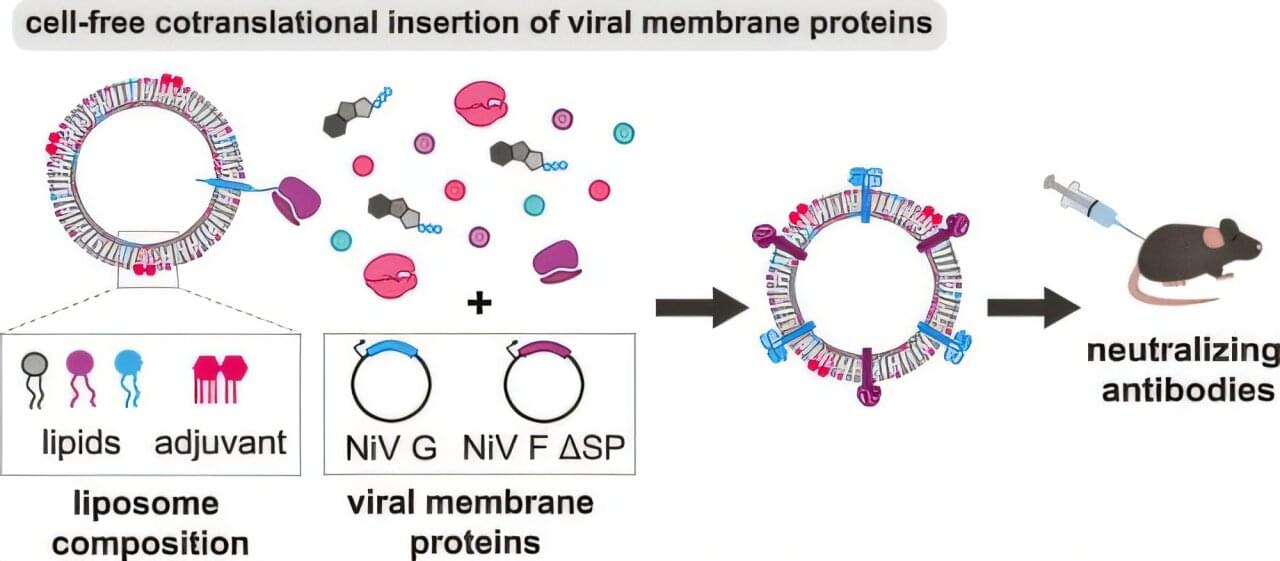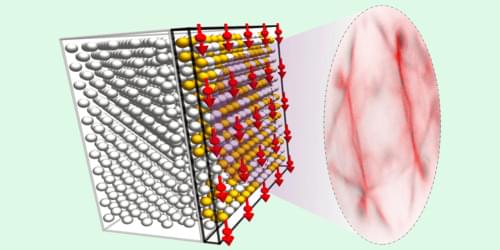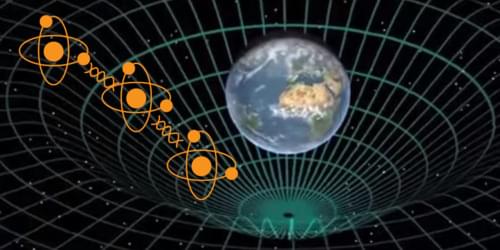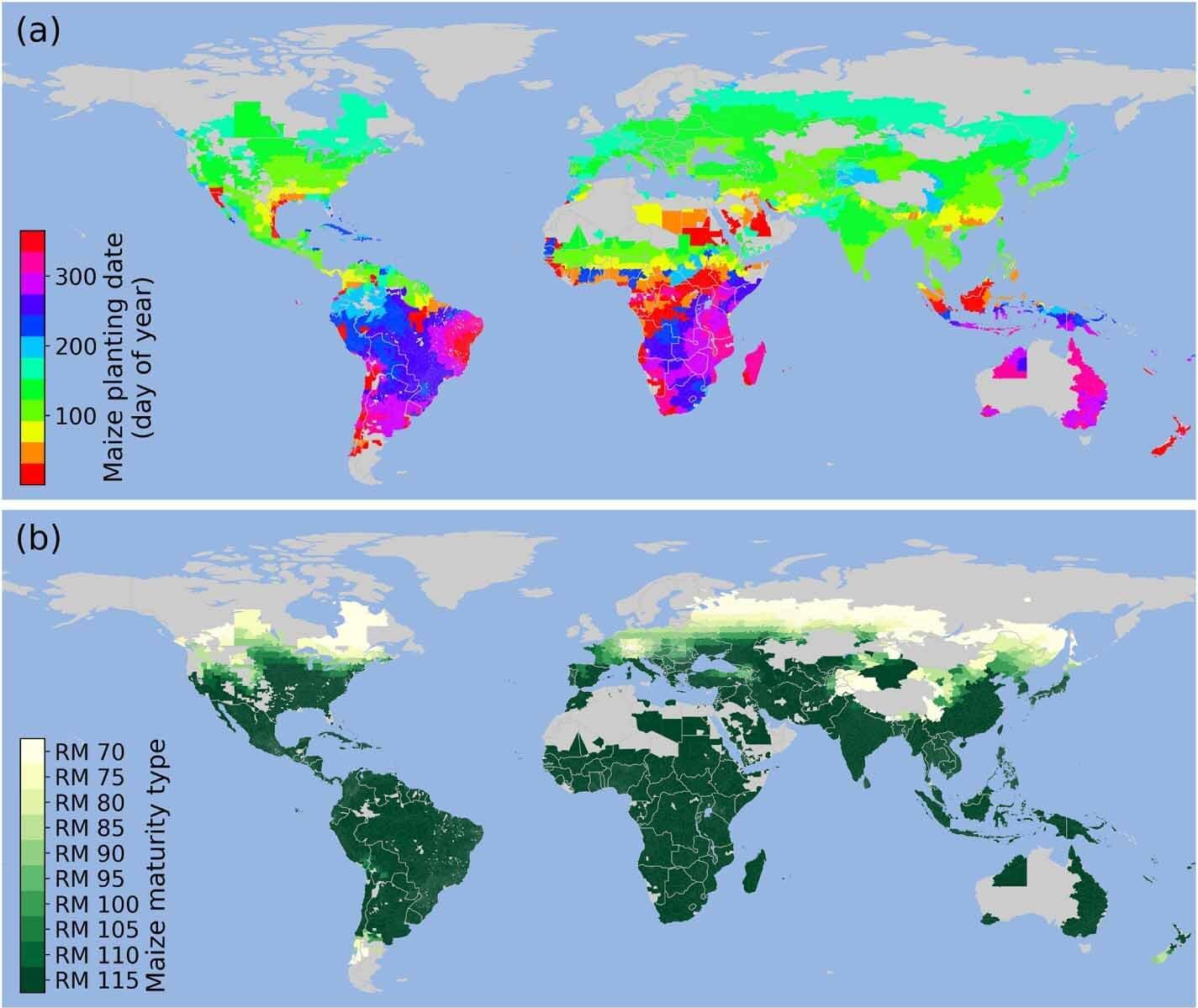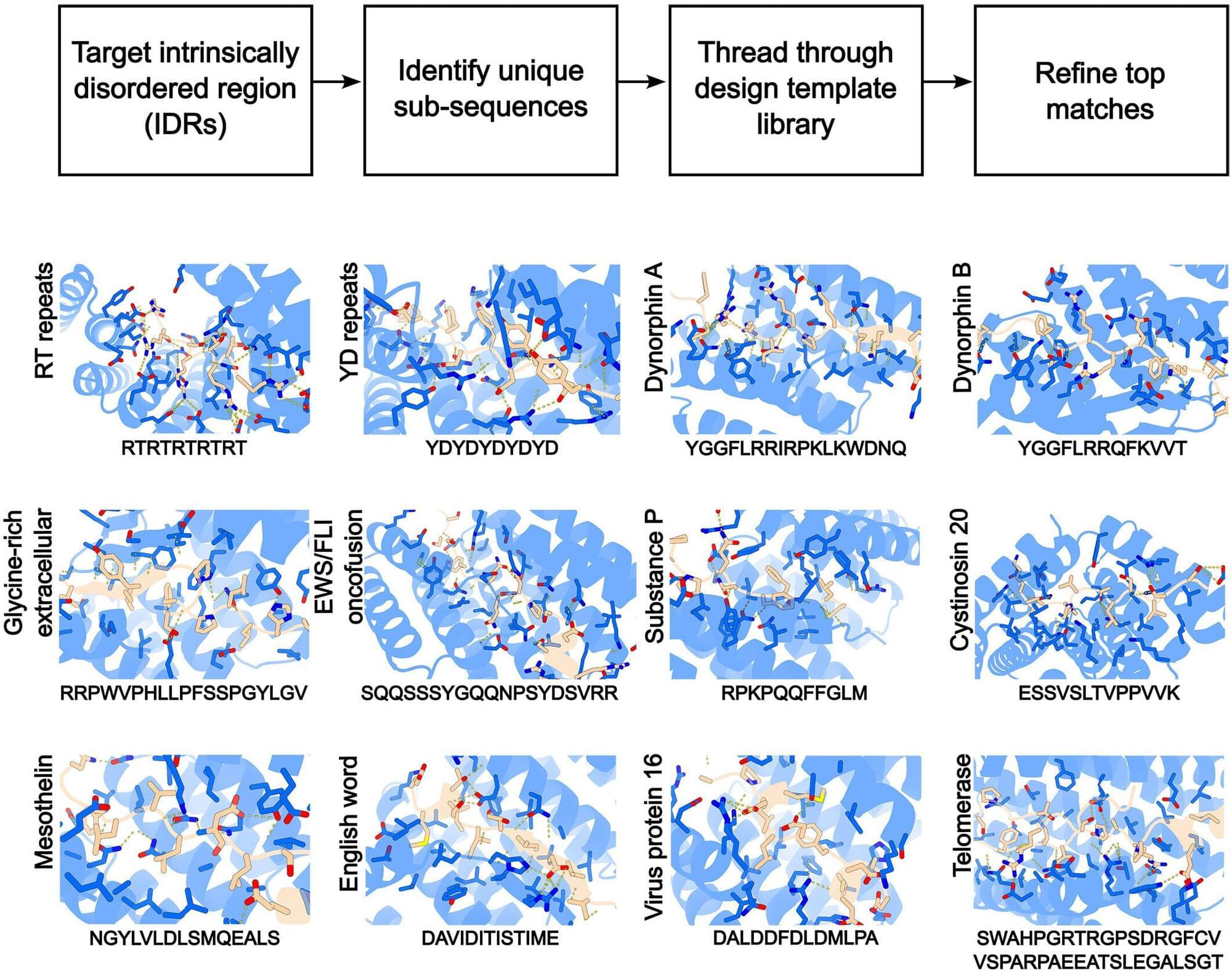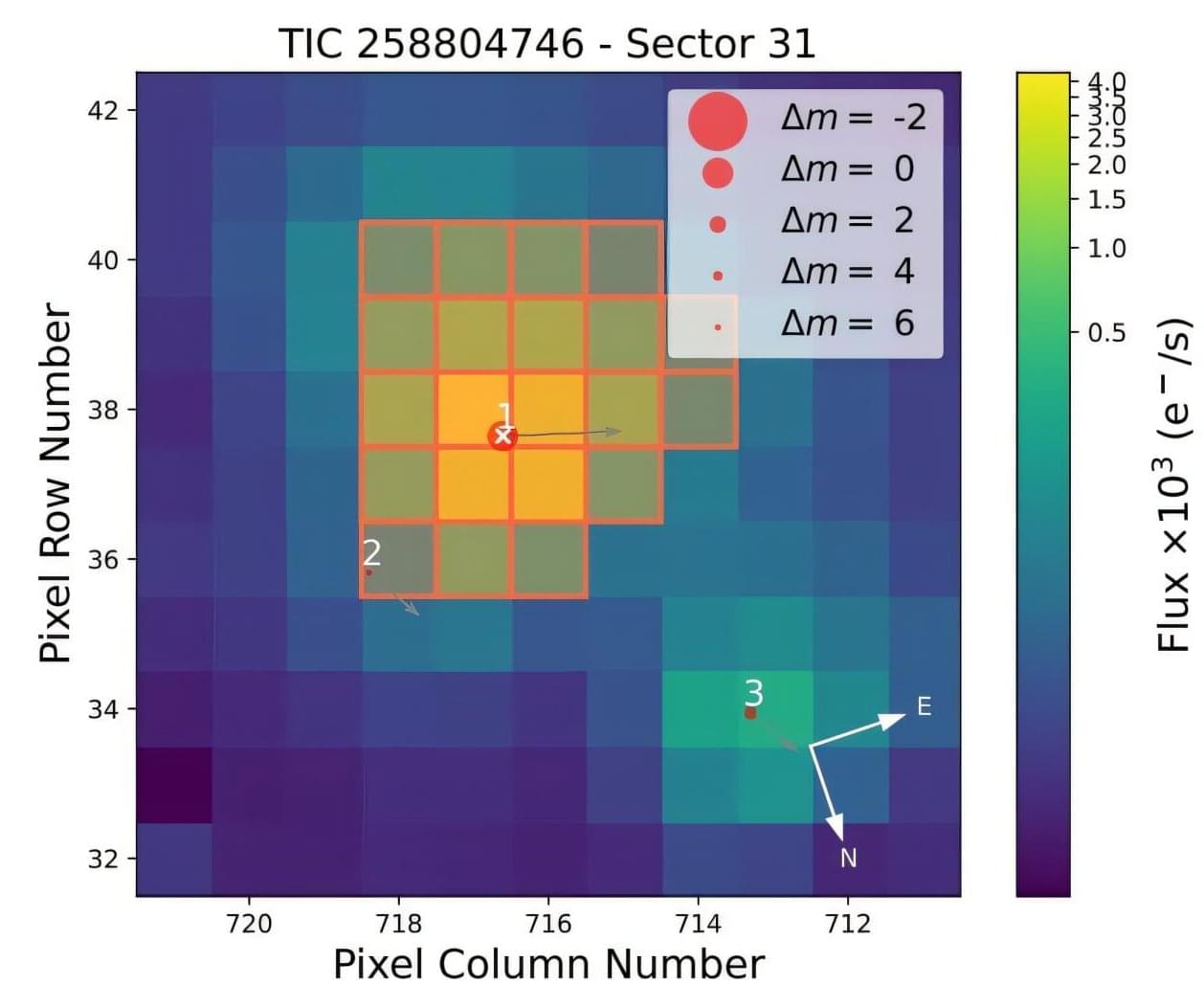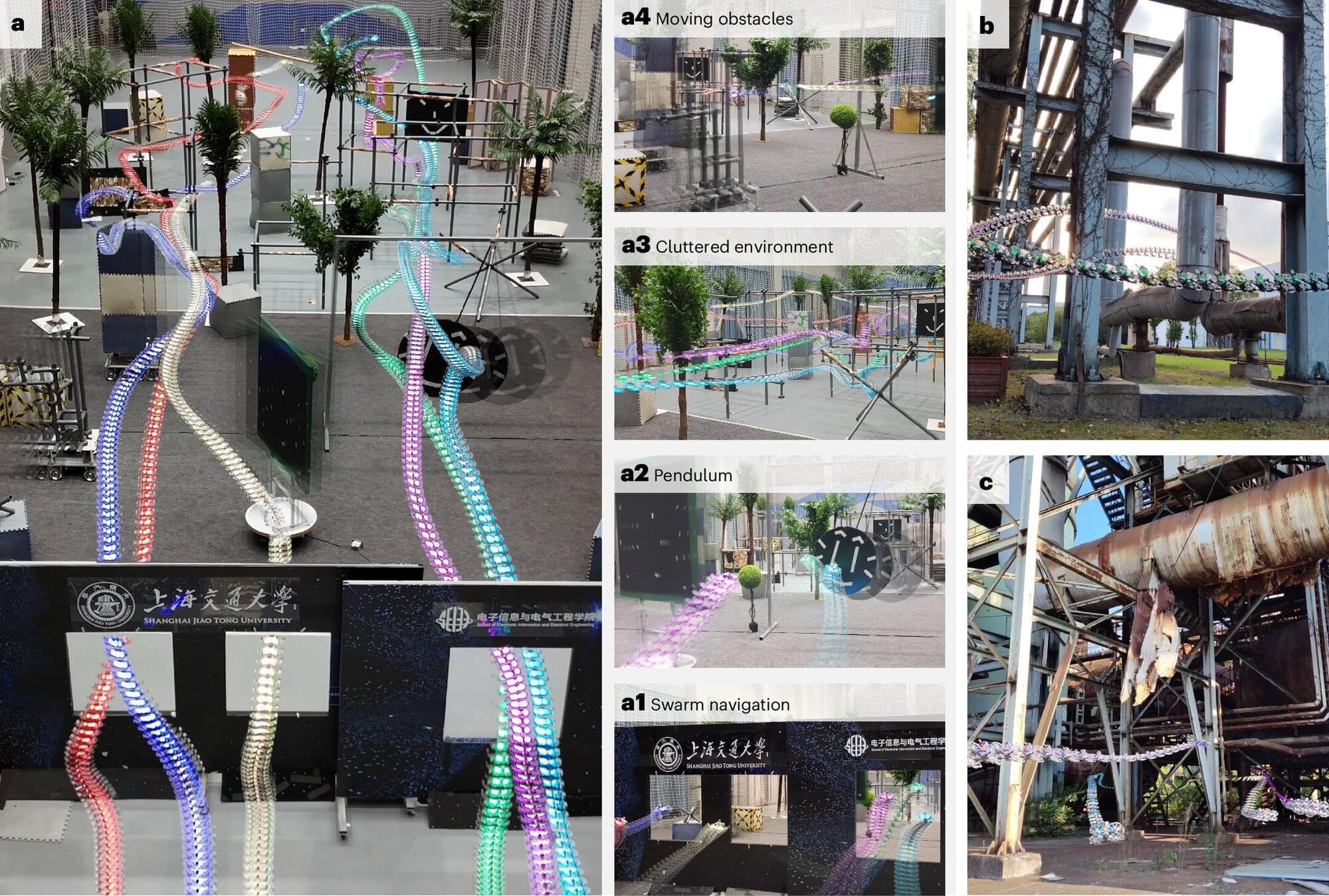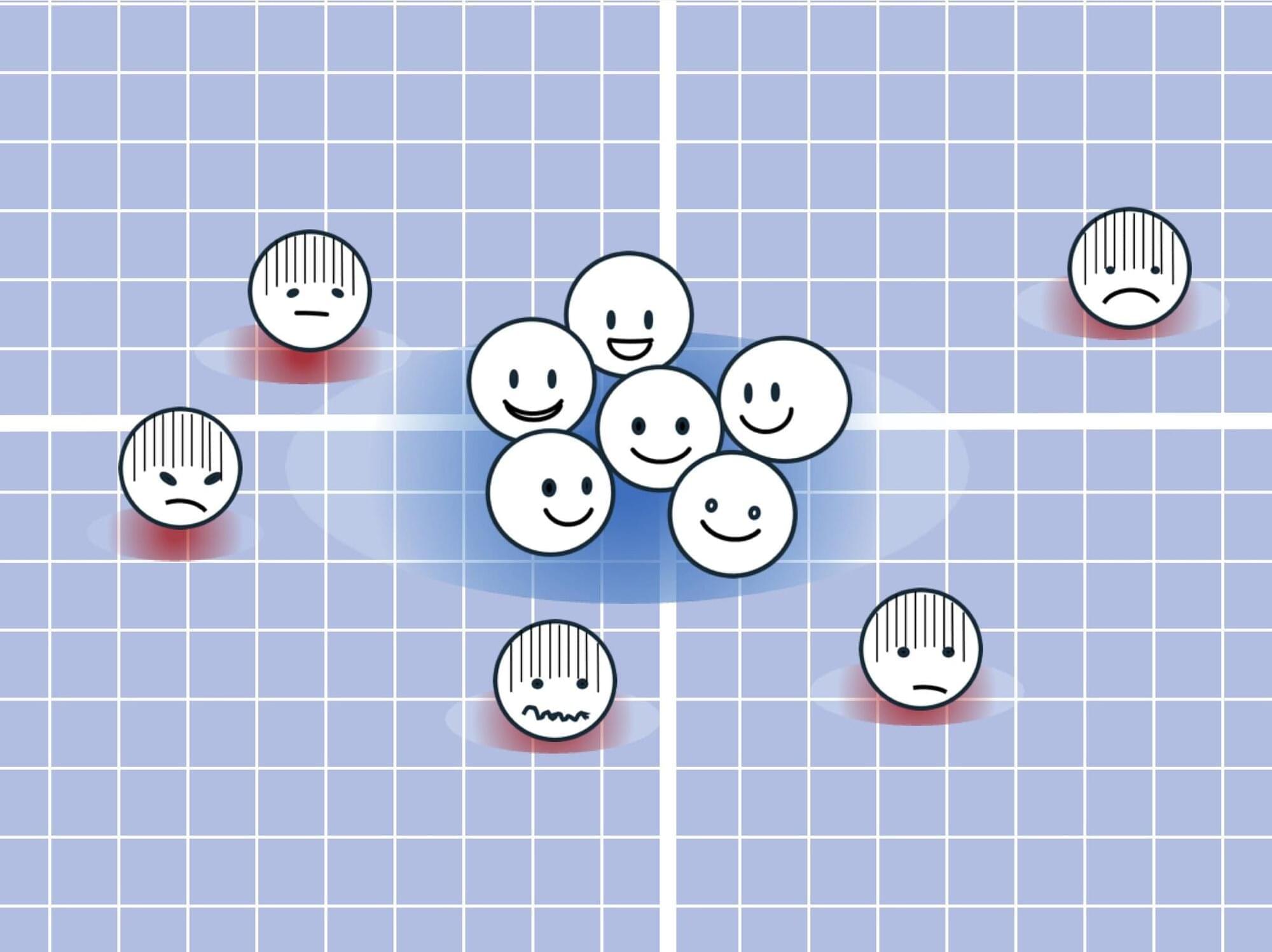A proposed experiment could shed light on the unknown interplay of quantum theory and general relativity.
Quantum theory has been remarkably successful ever since its inception 100 years ago. And yet, there is a glaring mismatch between the discrete, quantum nature of matter and the apparent continuous, classical nature of spacetime, in which matter resides and interacts. This disparity raises profound questions. Does spacetime have indivisible units, or quanta, even though it does not seem to be divisible like matter [1, 2]? And if so, do these quanta have observable signatures, and do they influence other areas of physics? Now Jacob Covey at the University of Illinois Urbana-Champaign and his colleagues have proposed a way to address these questions [3]. Their strategy involves using a widely distributed quantum state to probe the essential features of quantum theory in the curved spacetime of Earth’s gravitational field.
The team’s proposal is relevant to the problem of quantum gravity—that is, how to coherently and logically combine quantum theory and the general theory of relativity [4]. Many researchers consider this problem to be one of the greatest unsolved puzzles in physics (although some still think that gravity should not be quantized and that the whole concept of quantum gravity might be fundamentally misguided [5]). But compared with other thriving areas of quantum theory and its manifold applications, quantum gravity remains an almost entirely theoretical enterprise that is pursued through string theory, loop quantum gravity, and many other approaches [4]. It is thus inherently nonempirical and speculative, constrained only by our current knowledge of quantum theory and general relativity.
